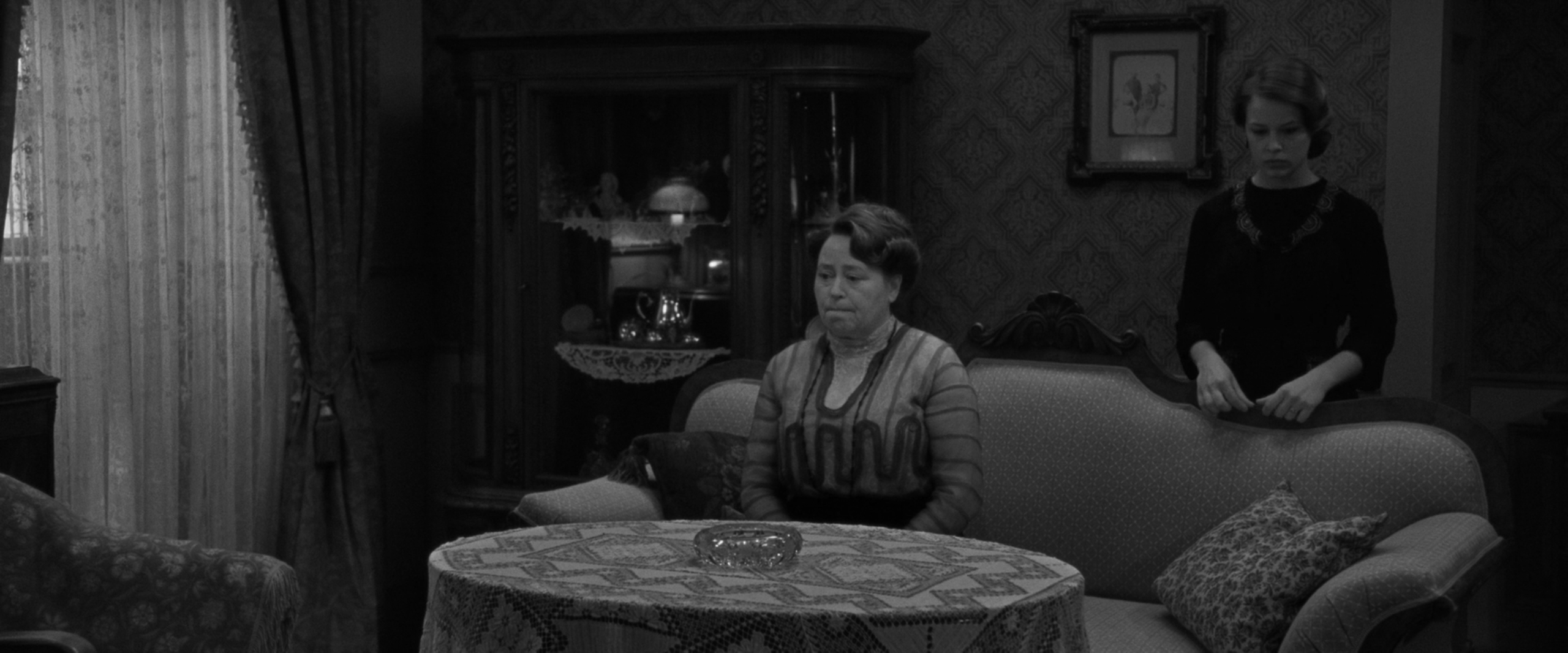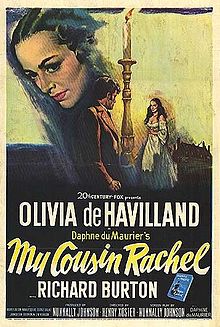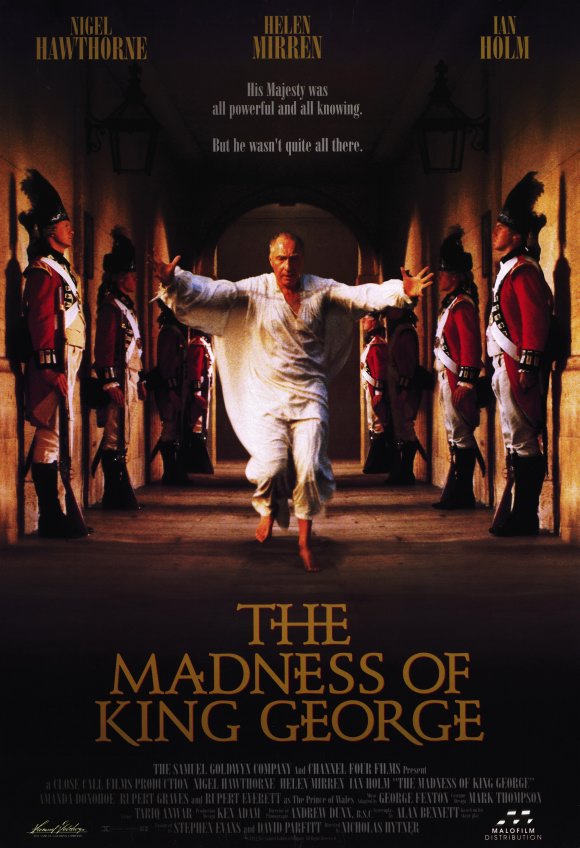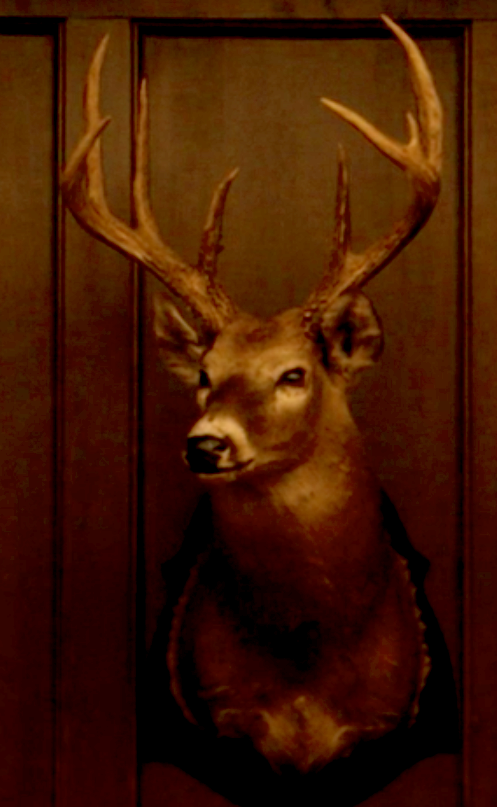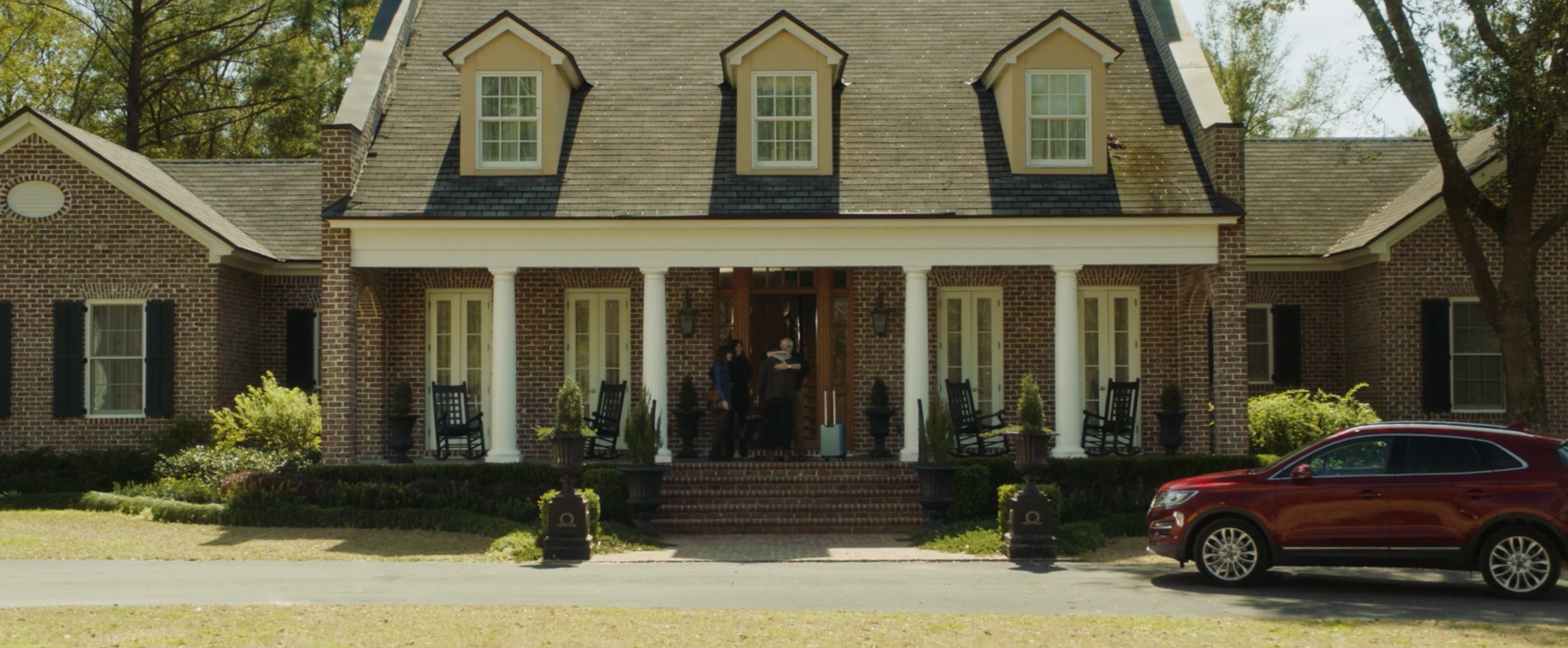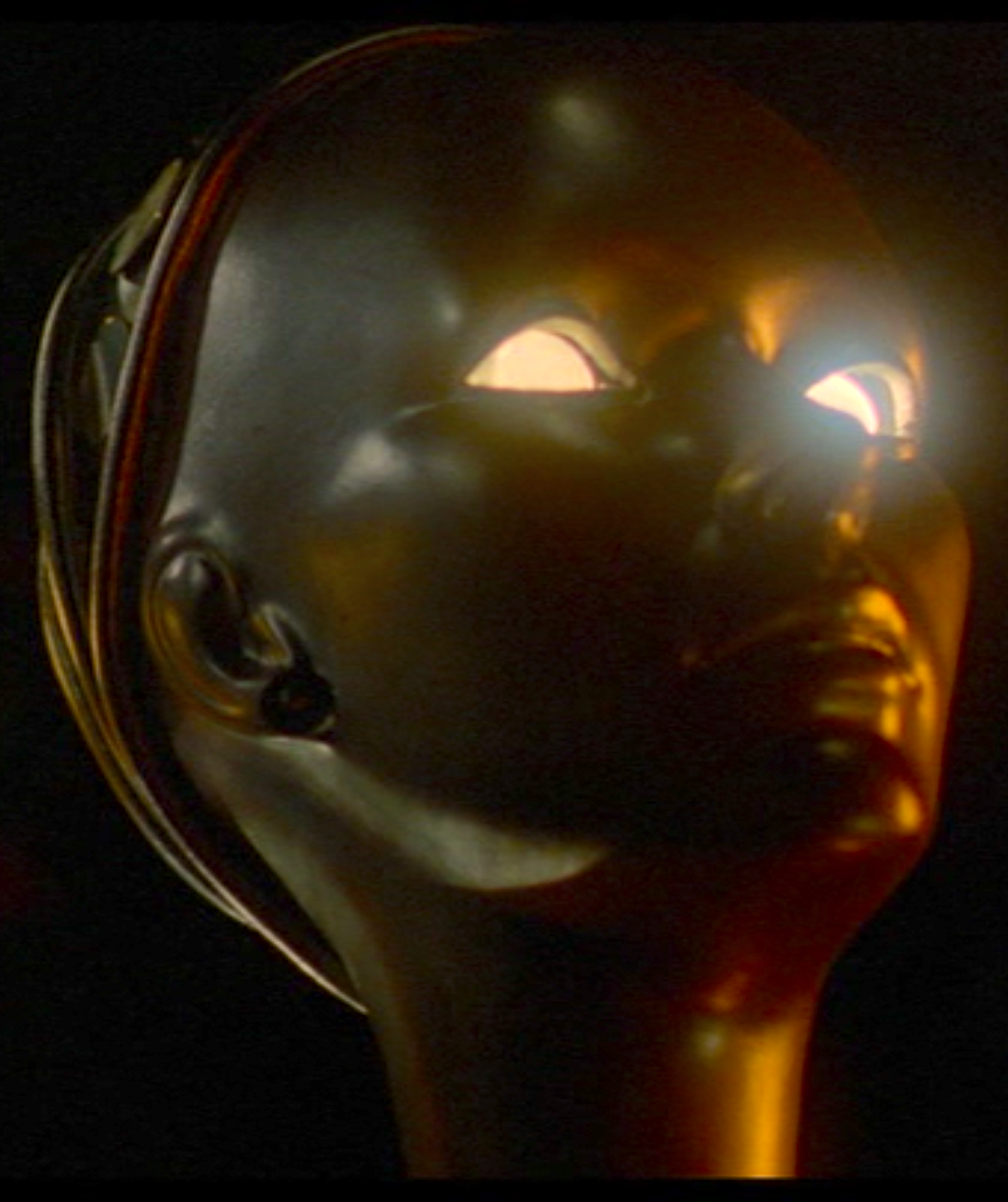The Furniture: Decorating for a Lost Generation in "Frantz"
 Monday, June 19, 2017 at 12:24PM
Monday, June 19, 2017 at 12:24PM "The Furniture" is our weekly series on Production Design. You can click on the images to see them in magnified detail. Here's Daniel Walber on Frantz, newly available on DVD and Blu-Ray.

Sometimes gimmicks work. François Ozon’s Frantz is built up from single stylistic convention, flipped on its head. It’s a black and white drama of Europe in the wake of World War One, but its flashbacks are in color. It’s quite striking, a remarkable collaboration between cinematographer Pascal Marti, production designer Michel Barthélemy and art director Susanne Abel. Even the soggy trenches are more vibrant than the sober landscape of the Armistice.
Frantz begins in 1919, in the small German town of Quedlinburg. Anna (Paula Beer) mourns her fiancé, Frantz, taken from her by the war. She lives with his parents, Hans (Ernst Stötzner) and Magda Hoffmeister (Marie Gruber). Their gloomy lives are shaken by the arrival of a Frenchman, the hesitant Adrien Rivoire (Pierre Niney).
Anna and Magda assume that he must be a friend of Frantz’s from before the war, and invite him into their home...



